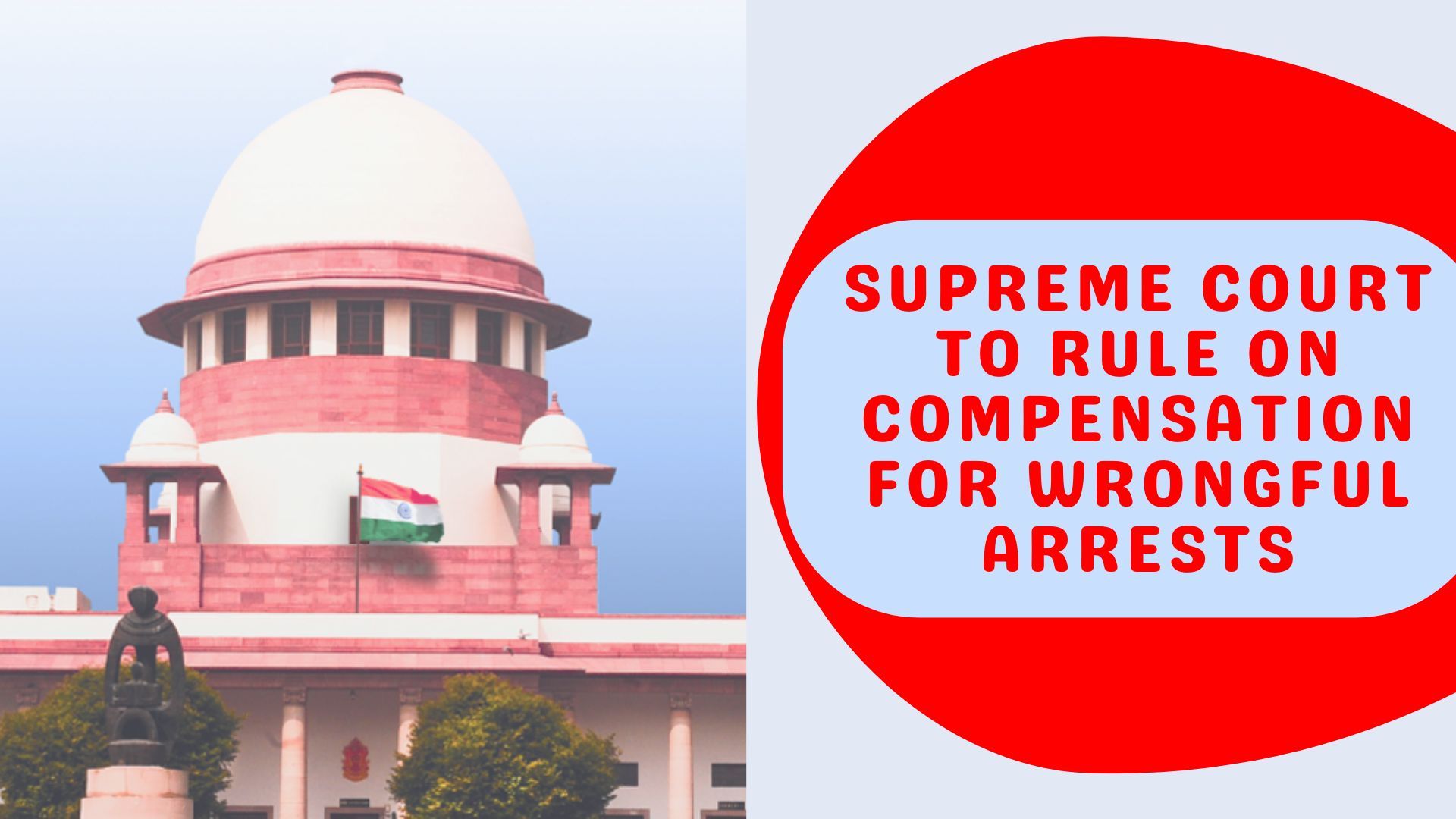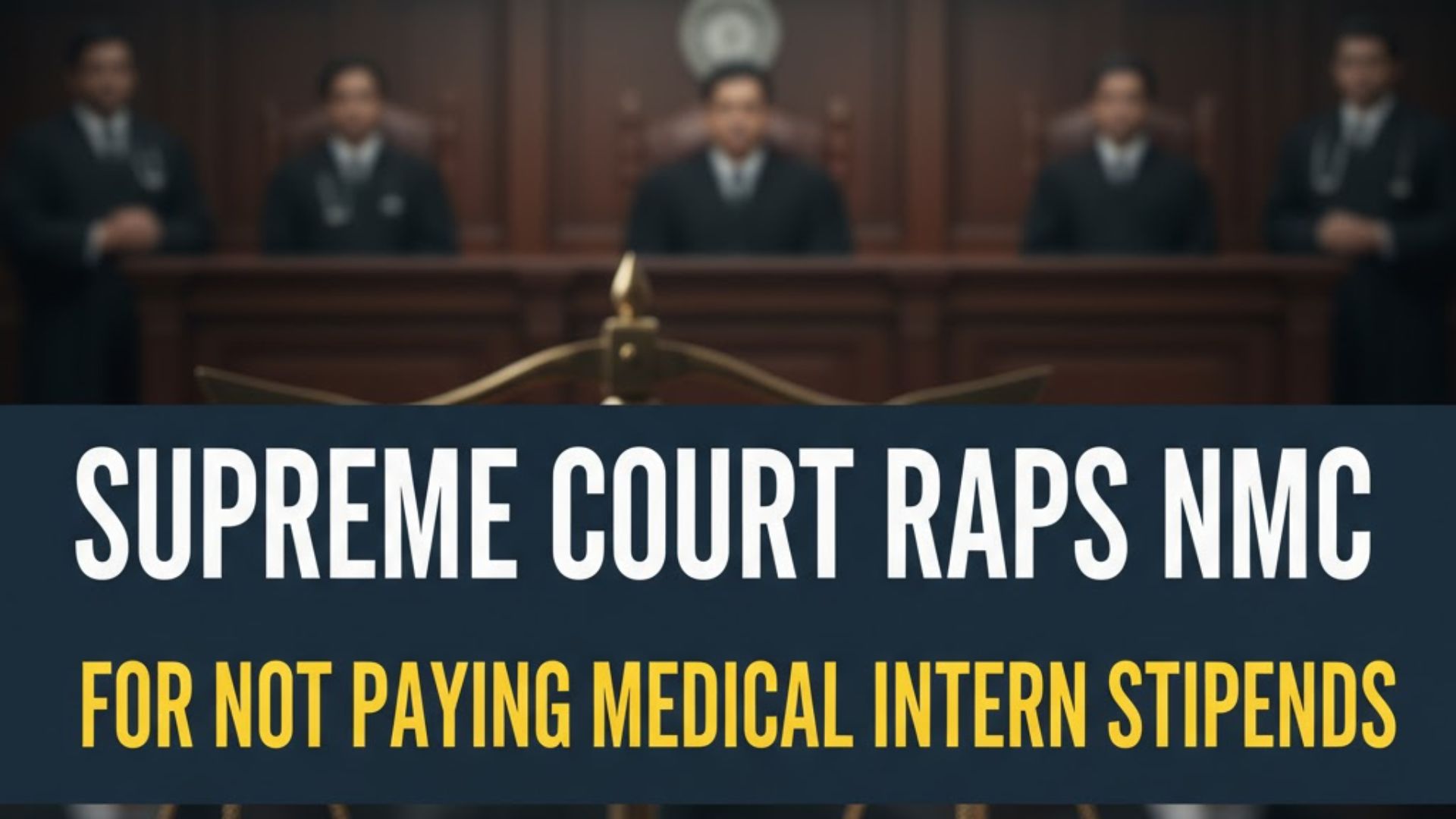S. Sankarasubban, J.
This reference is at the instance of the assessee. The year in question is 1986-87. The facts of the case are as follows :
2. Assessee was the owner of 2.47 acres of land situated in Thrikkakara Panchayat. The assessee received a total sum of Rs. 15,56,015 as
compensation on acquisition of the land by the State Government. Before the assessing officer, the assessee had claimed that it was agricultural
land and so the capital gains arising on the transfer was not liable to tax under the Income Tax Act. The assessing officer did not accept that claim
and he prepared to make the assessment of the capital gains at. Rs. 13,33,987.
3. In the assessees appeal, the Commissioner (Appeal) held that the capital gains arising on the transfer of the land constituted income within the
meaning of section 2(14) of the Act and so it was rightly brought to tax. Another contention that the assessee had raised before the Commissioner
(Appeals) was that the capital gains, if at all taxable, was to be assessed for the assessment year 1987-88 and not for the assessment year 1986-
87. The Commissioner (Appeals) did not agree and his finding was that the land was taken over by the State Government on 14-5-1985 invoking
the urgency provisions in the Land Acquisition Act.
4. Aggrieved by the above order, the assessee filed second appeal before the Tribunal. The main contention taken by the assessee before the
Tribunal was that the Commissioner (Appeals) had erred in holding that the capital gains arising on the acquisition of the property was rightly
brought to tax for the assessment year 1986-87, whereas according to the assessee, it was assessable for the assessment year 1987-88. The
Tribunal took the view that the transfer took place in the year ending on 31-3-1986. Another contention raised before the Tribunal is that since the
notification including the Thrikkakara was cancelled in 1994, the compensation cannot be included as capital gains. Thus the appeal was dismissed
by the Tribunal.
5. On the basis of the above fact, the following substantial questions of law are raised by the Tribunal :
(1) Whether the Tribunal was right in holding that the transfer of the property under the Land Acquisition Act had taken place in the year ending
31-3-1986 and so the capital gains arising in the transaction was assessable for the assessment year 1986-87?
(2) Whether the Tribunal was right in holding that the agricultural land in Thrikkakara Panchayat qualified as capital asset for the assessment year
1986-87 even though Thrikkakara is not appearing in the second Notification No. 9447/F issued on 6-1-1994?
6. We heard learned counsel for the assessee and learned counsel for the revenue.
7. Learned counsel for the assessee argued that the land vested in the government under the Land Acquisition Act only after the award is passed.
The award in this was passed not in the assessment year 1985-86, but in the assessment year 1986-87. The question for consideration is when the
property vested in the Government. An extent of land measuring 2.7929 hectares and situated in Thrikkakara South Village in Kanayannur Taluk,
Ernakulam District was acquired by the government. The government accorded sanction to invoke the urgency clause. Notification u/s 3(1) of the
Kerala Land Acquisition Act was published in the Malayalama Manorama Daily dated 7-10-1984 and Mathrubhumi Daily dated 3-10-1984.
Since the Central Land Acquisition Act was amended, a revised composite notification was issued u/s 4(1) of the Land Acquisition Act. This was
on 28-1-1985 and 31-1-1985. The declaration u/s 6 of the Land Acquisition Act in respect of the acquisition was approved by the government on
24-4-1985 and published on 29-4-1985. The enquiry u/s 9 of the Land Acquisition Act was conducted on 17-7-1985, after giving due notice to
the parties. Possession was taken on 29-1-1985. The compensation was paid on 1-4-1986. It is seen that under the award interest was given for
the additional compensation from 29-1-1985 to 14-5-1986.
8. The first question to be considered is whether the Tribunal was right in holding that the transfer took place in the year 1986. Section 2(47)
defines ""capital asset"" includes compulsory acquisition under any law. Section 2(14) of the above Act defines ""capital asset"". Regarding agricultural
land, the definition says that it does not include agricultural land in India not being land situated in any area within such distance, not being more
than eight kilometres away from the local limits of any Municipality of Cantonment Board having regard to the extent of and scope for urbanisation
of that area and other relevant considerations, specify in this behalf by notification. So far as the Land Acquisition Act is concerned, there are two
methods for acquisition; one is by ordinary mode and the other is by resorting to urgency clause. In the ordinary mode, the notification is issued u/s
4 whereby it is made known that a certain land is likely to be acquired for a public purpose. An opportunity was given to the owner of the land to
file his objection to the acquisition. After considering the objections, if the government wants to go ahead with the acquisition then a declaration is
issued u/s 6. Thereafter, an award enquiry is conducted. The award is passed u/s 11 of the Land Acquisition Act. It is after passing the award that
a decision is taken. Section 11A is as follows :
Period within which an award shall be madeThe Collector shall make an award u/s 11 within a period of two years from the date of the
publication of the declaration and if no award is made within that period, the entire proceedings for the acquisition of the land shall lapse.
9. Section 16 of the Land Acquisition Act says that when the Collector has made an award u/s 11, he may take possession of the land, which shall
thereupon vest absolutely in the government, free from all encumbrances. Thus, in the ordinary mode of acquisition, possession is taken after the
award is passed. After the award is passed, the land vests in the government. But so far as the present case is concerned, the acquisition is under
the urgency clause. We have to find out whether there is difference in the vesting of land when acquisition is made as per urgency clause. In the
case of urgency clause, a common notification under sections 4 and 17 is issued. Thereafter notice u/s 9 is issued. Section 17 says that in cases of
urgency whenever the appropriate government for the District Collector so directs, the Collector, though no such award has been made may, on
the expiration of fifteen days from the publication of the notice mentioned in section 9, sub-section (1) take possession of any land needed for a
public purpose. Such land shall thereupon vest absolutely in the government free from all encumbrances. Thus, so far as the urgency clause is
concerned, possession can be taken after the section 9 notice and such land shall vest in the Government. In the ordinary mode, possession is
taken only after the award is passed. The contention of the learned counsel for the assessee is that the possession is not taken under the Land
Acquisition Act and hence, in this case the crucial date taken is when the award was passed. We dont agree with the contention of the learned
counsel for the assessee. Even under both clauses vesting takes place only after the possession is taken. Taking possession earlier cannot be taken
advantage.
10. A similar contention arose in the decision 1983 KLT 112. In that case what happened was that the land was surrendered by the party to the
State. Here also, the decision is similar excepting that the clause invoked was urgency clause. Even before section 9 notice, the land was given
possession. Hence, it is not necessary to take again. We are of the view that vesting of the property takes on a difference footing so far as the
present case is concerned.
11. The second contention is with regard to the application whether the land is assessable for capital gains in the notification dated 6-2-1973. In
that notification, in item 22, against the Municipality of Cochin, the following areas are notified for the purposes of section 2(14) : ""Areas covered
by Thrikkakara, Tripunithura and Kalamassery Panchayats"". Thus the area is treated as capital assets for the purposes of section 2(14). Here, the
assessment year is 1985-86. This notification was in existence on that day and hence, the assessee was liable to be taxed. On 6-1-1994, the
Central Government issued another notification in supersession of the notification of the Government of India in the erstwhile Ministry of Finance
(Department of Revenue and Insurance) dated 6-2-1993. In that notification in item 12, against Kerala, 3 Kochi the following areas are notified :
Areas forming part of floor and Mardu Panchayats upto a distance of 8 kms. from the Municipal limits"". So in 1994 (sic) notification, the
properties in Thrikkakara have been excluded. The argument of the learned counsel for the assessee is that since the notification deleted the
Thrikkakara Panchayat, which came into force during the pendency of the appeal, it can be taken note of and if that be so, the compensation will
not amount to capital assets. According to us, this argument cannot be accepted. Normally, the proceedings is to be completed on the basis of law
that was existing at that time.
12. Learned counsel for the assessee cited certain decisions before us. But according to us, those decisions are not applicable to the facts of the
present case. In the Principles of Statutory Interpretation"" by Justice G.P. Singh Fourth Edition, at page 280, it is stated thus : ""Fiscal legislation
imposing liability is generally governed by the normal presumption that it is not retrospective and it is a cardinal principle of the tax law that the law
to be applied is that in force in the assessment year unless otherwise provided expressly or by necessary implication""-vide Reliance Jute and
Industries Ltd. Vs. Commissioner of Income Tax, West Bengal, .
13. We are of the view that in this case, the notification applies to the Thrikkakara Panchayat. Reference is answered as follows : Question Nos. 1
and 2 are answered in the positive and in favour of the revenue and against the assessee.

